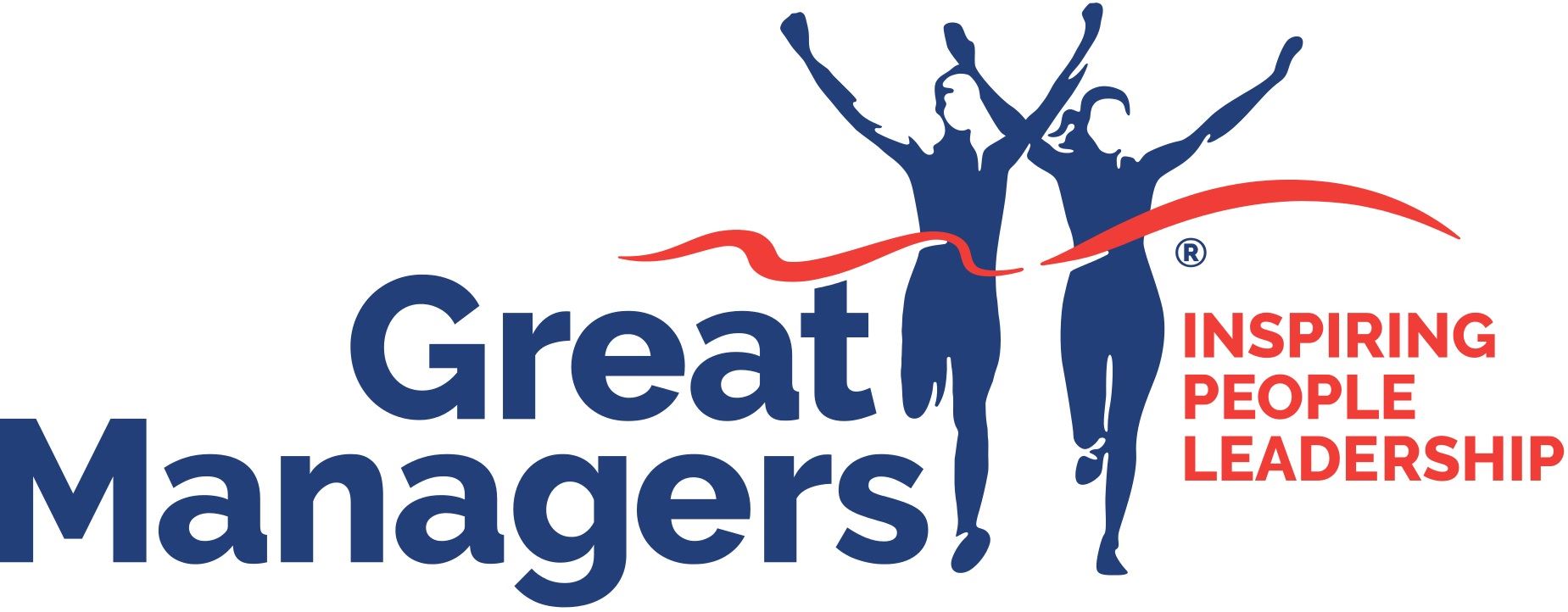 As a leader, setting clear expectations is critical to making sure your team understand what is required of them. Of course, this applies to all of the basics like vacation time, appointments, breaks and sickness among others. But even more importantly, it also refers to what is required of different tasks and goal-setting.
As a leader, setting clear expectations is critical to making sure your team understand what is required of them. Of course, this applies to all of the basics like vacation time, appointments, breaks and sickness among others. But even more importantly, it also refers to what is required of different tasks and goal-setting.
There are 3 areas where providing clear expectations of your staff will have a profound impact on your ability to get the very best from these people… over the short and long term. To lay the foundations for a high performing workplace, managers need to ensure they are setting clear expectations around:
Direction – “Where are we going?”
This includes the vision and strategy of the organisation (or team).
Values – “Who are we?”
Values are shared standards and behaviours that contribute to the organisational culture and answer the question “Who are we and what do we stand for?”
Roles and Responsibilities – “What is my contribution?”
This includes ‘inputs’ and ‘outputs’, goals and timeframes and answers the question “What’s my contribution to the performance of the business?”
Direction
 For everyone in an organisation to clearly see what’s ahead of them, leaders must have and convey a vision, direction or focus.
For everyone in an organisation to clearly see what’s ahead of them, leaders must have and convey a vision, direction or focus.
Visions are the first step in the goal setting and planning process. A vision represents what the organisation wants to become and sets the direction for the future. To achieve the organisation’s vision and strategic intent, the high-level strategic objectives and measures need to be translated into plans and actions that each business unit and individual can take.
The high-level goals in the strategic plan need to be cascaded through the organisation – firstly into the WIGS (wildly important goals) for each unit and then the work plans and KPIs for individuals. It is vital that each individual understands what is expected of them and the contribution they make to the organisation’s goals.
Values
Values clarify how an organisation will conduct its activities to achieve the Vision. They represent the core principles and behaviours that are important.
Values exist in every workplace whether they are written down or not. Your organisation’s culture is partially the outward demonstration of the values currently existing in your workplace. The question you need to ask is whether these existing values are creating the workplace you desire.
An organisation will have functioning values and standards only to the extent that it has a capable management system (and skilful managers) that will NOT TOLERATE deviations from those values.
Intolerance is about responding quickly to any and every instance of non-compliance with set values. This takes a lot of courage (and skill).
It is worth noting that a weak or non-existent value system requires a lot more management time than an effective value system. A value system that is a living part of the culture takes minimal effort to sustain.
Roles and Responsibilities
Clear Roles and Responsibilities come from a position description/job statement and work plan so that each employee knows what their contribution is to the overall goals of the business. It also comes from a manager providing clear instructions about tasks and clear outcomes required, with regular progress updates.
A Great Manager will let staff know how their performance will be measured and what success looks like for them. This is described clearly up front rather than at an annual or bi-annual performance review, and feedback is regularly given about whether expectations are being met.
One way you’ll instantly demoralise employees is by saying “that’s not good enough” months after the event.
When setting and conveying expectations, Great Managers start by saying something like “This task/objective will be successful if….” and then fill in the blank.
Setting Clear Expectations Requires Effective Communication
It is critical to check for understanding when giving direction and no, this does not mean providing information and then saying, “Do you understand?” or “Have you got that?”
 Instead, use your effective communication skills to ensure the other person has truly understood what is required.
Instead, use your effective communication skills to ensure the other person has truly understood what is required.
Remember, communication is the transfer of information from the mind of one person to the mind of another, so be sure that the transfer is complete and not misunderstood in any way.
When setting clear expectations, it is important to remember that your team will do what you do, not what you say to do, if the two are different.
This means that whatever expectations you set for the team, you will also have to meet yourself.
As a Leader, YOU set the tone for others to follow.
What to Do Next
Setting Clear Expectations is one of the 7 Essential Skills for every Great Manager. Register for our next webinar here to learn more about Setting Clear Expectations and the other 6 critical people-leadership skills.
